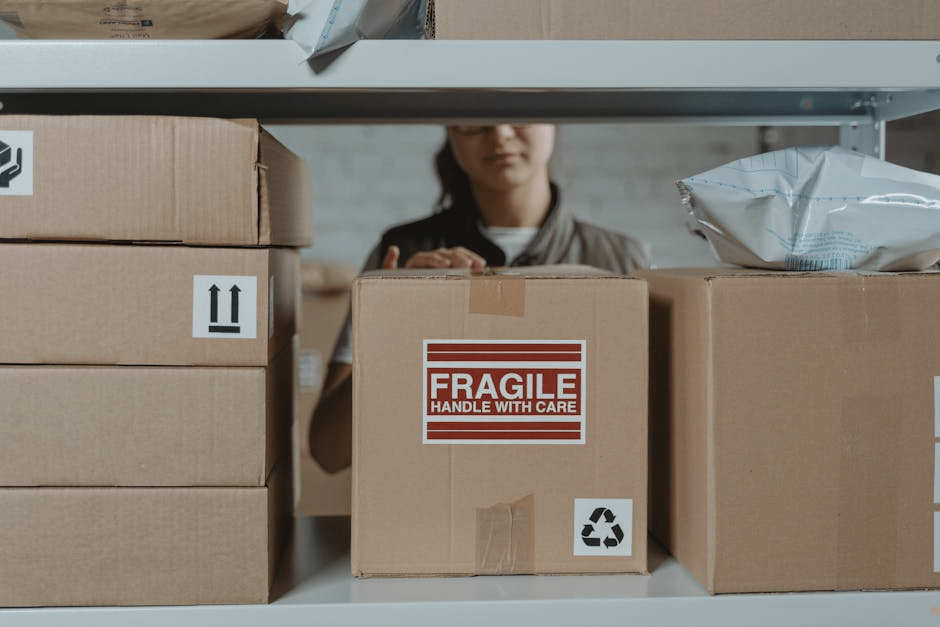
The last mile of delivery, also known as the final mile, refers to the process of delivering goods to the customer's doorstep. In the city of San Francisco, this process can be particularly challenging due to its dense population, narrow streets, and strict regulations. As a result, companies that operate in the logistics and delivery industry must be well-prepared to navigate the complexities of the last mile in San Francisco.
One of the biggest challenges of the Final Mile San Francisco is the city's strict regulations regarding delivery hours and noise levels. For example, deliveries are only allowed between the hours of 9am and 7pm, Monday through Saturday. Additionally, delivery companies must adhere to noise restrictions, which prohibit deliveries during late-night hours. These regulations can make it difficult for companies to deliver goods efficiently and effectively.
Another challenge of the last mile in San Francisco is the city's dense population and narrow streets. With a population density of over 18,000 people per square mile, San Francisco is one of the most densely populated cities in the United States. This density can make it difficult for delivery trucks to navigate the city's streets, particularly in areas with narrow alleys and one-way streets. Furthermore, the city's narrow streets can make it difficult for delivery trucks to maneuver, which can lead to delays and increased costs.
To overcome these challenges, companies that operate in the logistics and delivery industry must be well-prepared to navigate the complexities of the last mile in San Francisco. One way to do this is by using advanced technology, such as GPS tracking and real-time monitoring, to optimize delivery routes and reduce the time it takes to deliver goods. Additionally, companies can use data analytics to identify the most efficient delivery routes and reduce the number of vehicles needed to complete a delivery.
Another way to overcome the challenges of the last mile in San Francisco is by partnering with local businesses and organizations. For example, companies can partner with local bike delivery services to deliver goods in areas with narrow streets and limited parking. Additionally, companies can partner with local organizations to deliver goods to areas with high concentrations of seniors or individuals with disabilities.
The Final Mile San Francisco is also influenced by the city's strict regulations regarding parking and traffic. For example, delivery companies must adhere to parking restrictions, which can limit the amount of time a delivery truck can park in a given area. Additionally, the city's strict traffic regulations, such as the prohibition on left turns, can make it difficult for delivery trucks to navigate the city's streets.
To overcome these challenges, companies that operate in the logistics and delivery industry must be well-prepared to navigate the complexities of the last mile in San Francisco. One way to do this is by using advanced technology, such as GPS tracking and real-time monitoring, to optimize delivery routes and reduce the time it takes to deliver goods. Additionally, companies can use data analytics to identify the most efficient delivery routes and reduce the number of vehicles needed to complete a delivery.
The last mile in San Francisco is also influenced by the city's strict regulations regarding environmental sustainability. For example, the city has implemented regulations requiring delivery companies to use electric or hybrid vehicles. Additionally, the city has implemented regulations requiring delivery companies to reduce their carbon footprint by reducing the number of vehicles needed to complete a delivery.
To overcome these challenges, companies that operate in the logistics and delivery industry must be well-prepared to navigate the complexities of the last mile in San Francisco. One way to do this is by using alternative modes of transportation, such as bicycles or electric scooters, to deliver goods. Additionally, companies can use data analytics to identify the most efficient delivery routes and reduce the number of vehicles needed to complete a delivery.
The final mile in San Francisco is also influenced by the city's strict regulations regarding customer service. For example, delivery companies must adhere to customer service standards, which require them to provide excellent customer service and respond promptly to customer inquiries. Additionally, the city has implemented regulations requiring delivery companies to provide customers with real-time updates on the status of their deliveries.
In conclusion, the last mile in San Francisco is a complex and challenging process that requires companies to be well-prepared to navigate the complexities of the city's regulations, infrastructure, and customer service standards. By using advanced technology, partnering with local businesses and organizations, and adhering to environmental sustainability regulations, companies can overcome the challenges of the last mile in San Francisco and provide excellent customer service to the city's residents.